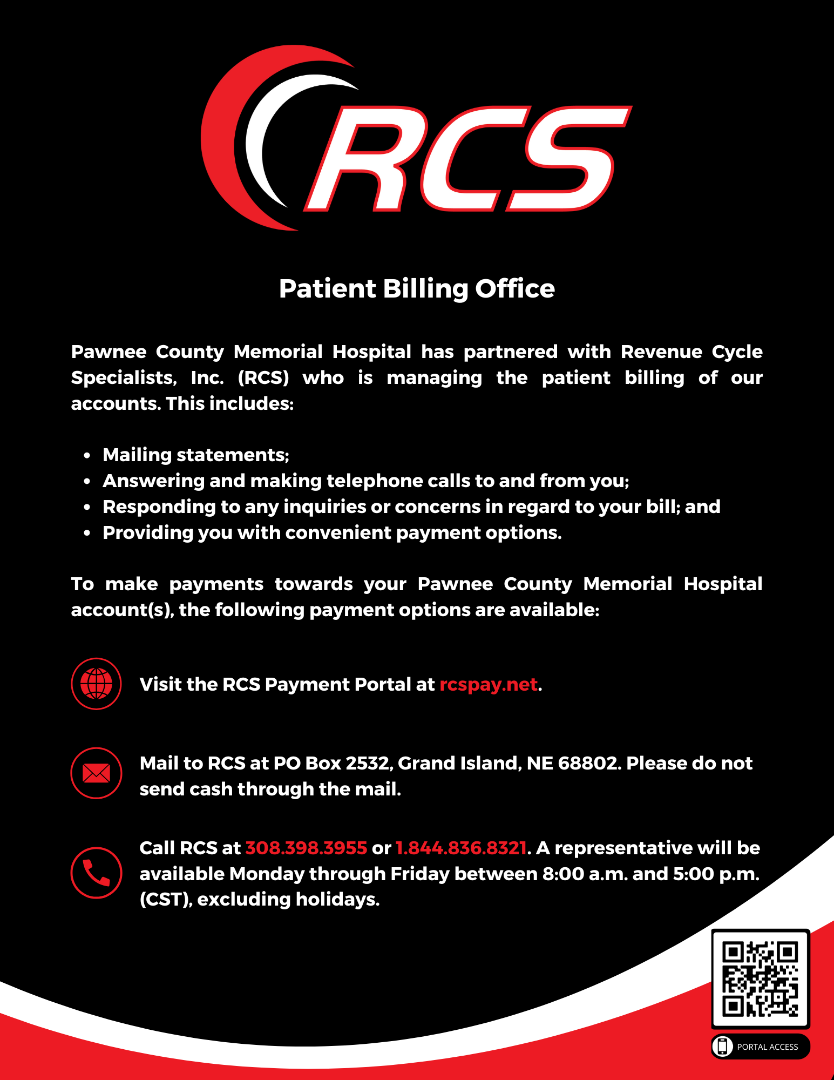Patient Billing Changes – Effective June 1

Website Navigation As Staff Page Only
Set as Default Template Help
HTML Editor:
Working...


|

|
32° |
|
Today Rain and snow before noon, then a chance of snow between noon and 3pm. Patchy blowing snow between noon and 1pm. Temperature falling to around 24 by 5pm. Windy, with an east northeast wind 9 to 14 mph becoming northwest 21 to 26 mph in the afternoon. Winds could gust as high as 41 mph. Chance of precipitation is 100%. Total daytime snow accumulation of less than one inch possible. |
|
Tonight Mostly cloudy, with a low around 15. Blustery, with a northwest wind 15 to 23 mph, with gusts as high as 37 mph. |
|
Sunday Partly sunny, with a high near 24. North northwest wind 7 to 14 mph, with gusts as high as 23 mph. |